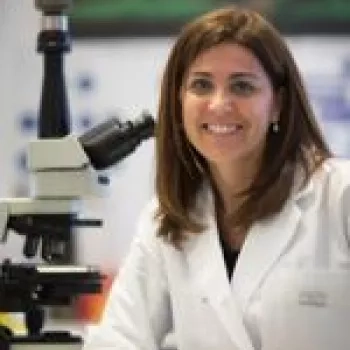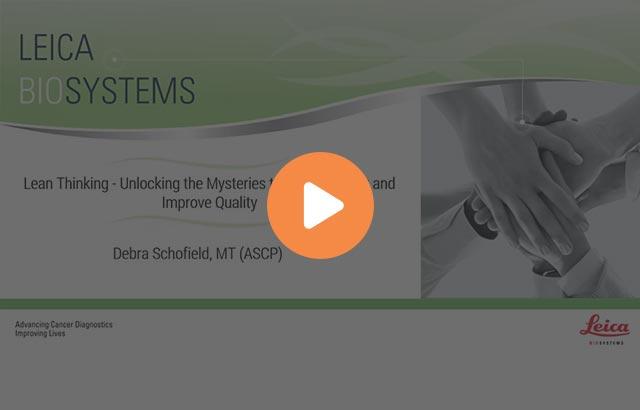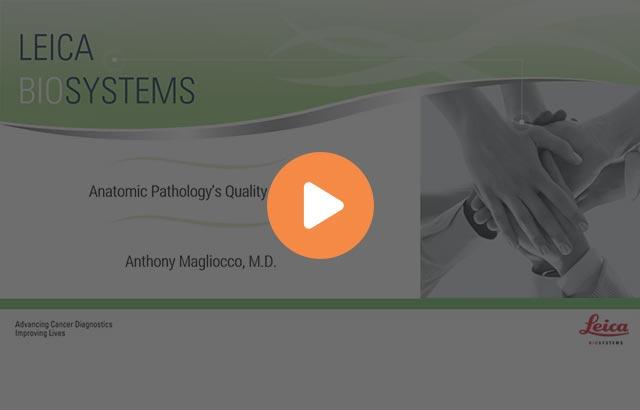Automation in a Cytogenetic Laboratory

Cytogenetics is a branch of genetics associated with the study of the structure and function of the cell, especially the chromosomes. It includes routine analysis of G-banded chromosomes, other cytogenetic banding techniques, as well as molecular cytogenetics such as fluorescent in situ hybridization (FISH) and comparative genomic hybridization. This presentation will focus on the automation process in a cytogenetic laboratory. Additionally, an overview of a cytogenetic lab using automation and workflow enhancements to drive patient care will be discussed.
Learning Objectives
- Overview of a cytogenetic laboratory.
- Describe the workflow of a specimen through a cytogenetic laboratory.
- Review the role of automation and benefits in a cytogenetics laboratory.
About the presenter

Dr. Lucia Zanatta is the head of the Cytogenetic Lab in the Department of Pathology at the Regional Hospital of Treviso, Italy. Dr. Zanatta graduated from the University of Padova, Italy with a degree in Biological Sciences. Subsequently, she obtained a post-graduate degree in Clinical Pathology at the University of Padova. Dr. Zanatta is the current Head of the Cytogenetics Laboratory in the Department of Anatomic Pathology at the Regional Hospital of Treviso. Before taking up her current position, Dr. Zanatta performed research at the University of Padova. Her latest publications include: "Transcriptome sequencing identifies ETV6-NTRK3 as a gene fusion involved in GIST," J Pathol. March 2016, and "Monosomy of chromosome 17 in breast cancer during interpretation of HER2 gene amplification," Am J Cancer Res. June 2015.
Related Content
Leica Biosystems Knowledge Pathway content is subject to the Leica Biosystems website terms of use, available at: Legal Notice. The content, including webinars, training presentations and related materials is intended to provide general information regarding particular subjects of interest to health care professionals and is not intended to be, and should not be construed as, medical, regulatory or legal advice. The views and opinions expressed in any third-party content reflect the personal views and opinions of the speaker(s)/author(s) and do not necessarily represent or reflect the views or opinions of Leica Biosystems, its employees or agents. Any links contained in the content which provides access to third party resources or content is provided for convenience only.
For the use of any product, the applicable product documentation, including information guides, inserts and operation manuals should be consulted.
Copyright © 2025 Leica Biosystems division of Leica Microsystems, Inc. and its Leica Biosystems affiliates. All rights reserved. LEICA and the Leica Logo are registered trademarks of Leica Microsystems IR GmbH.


